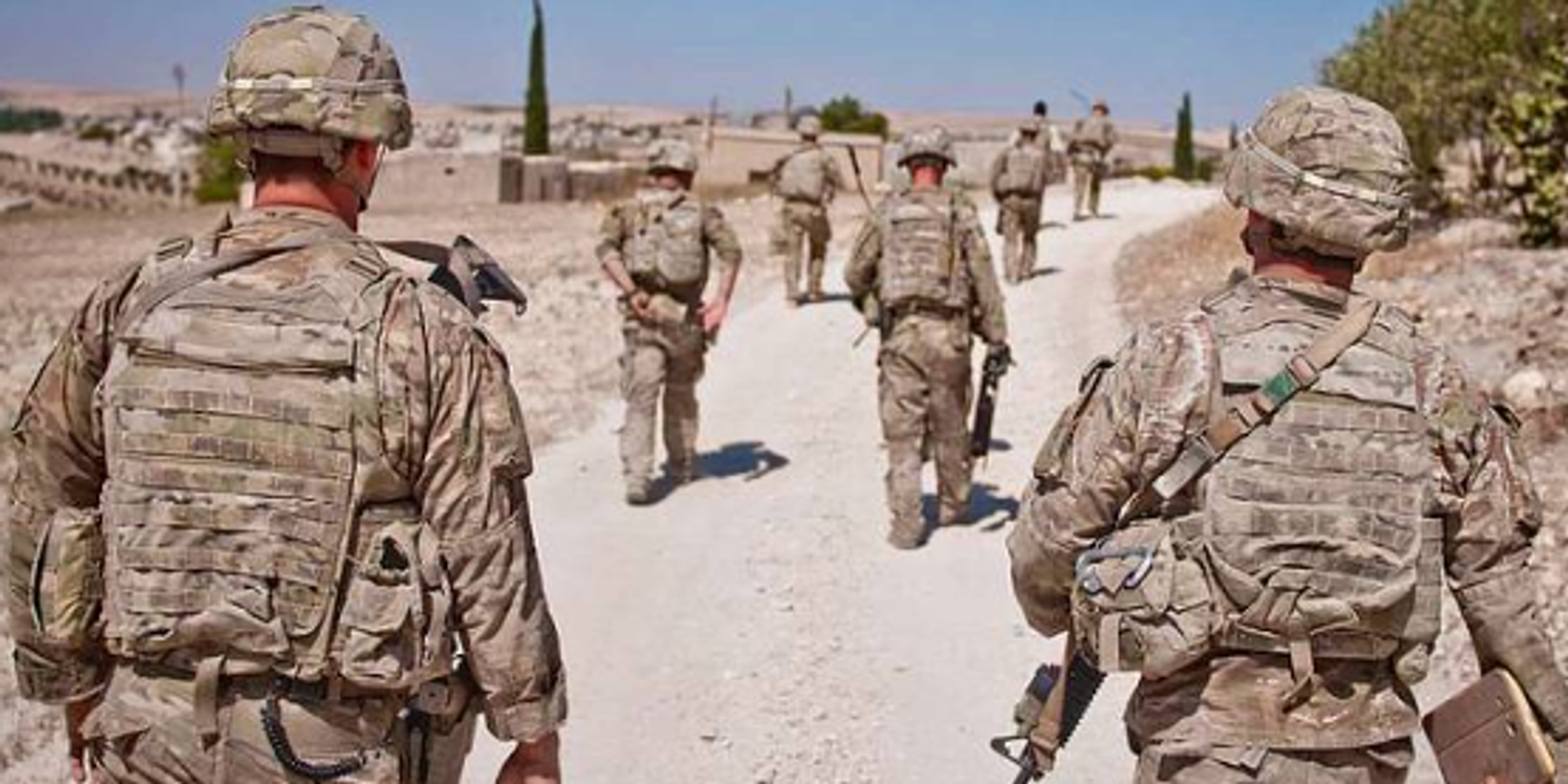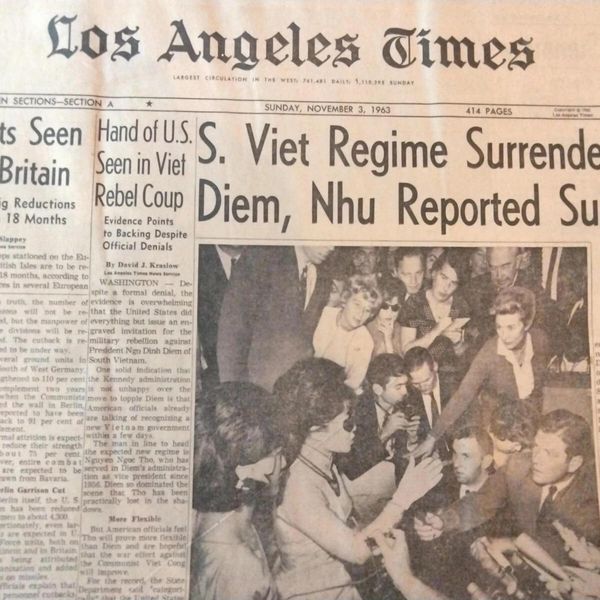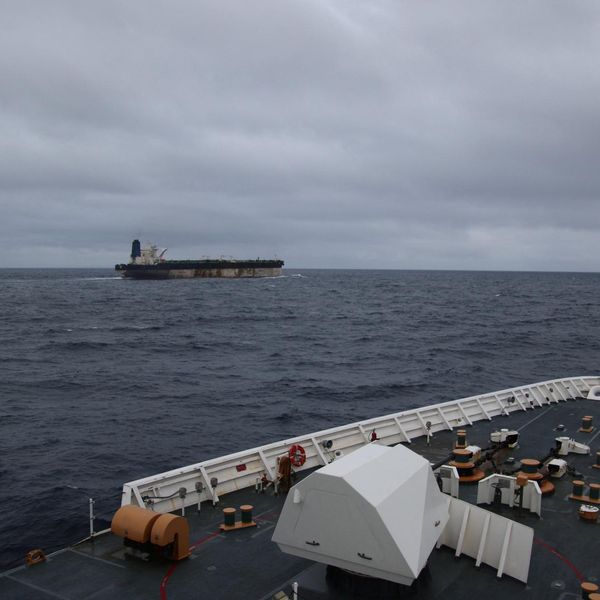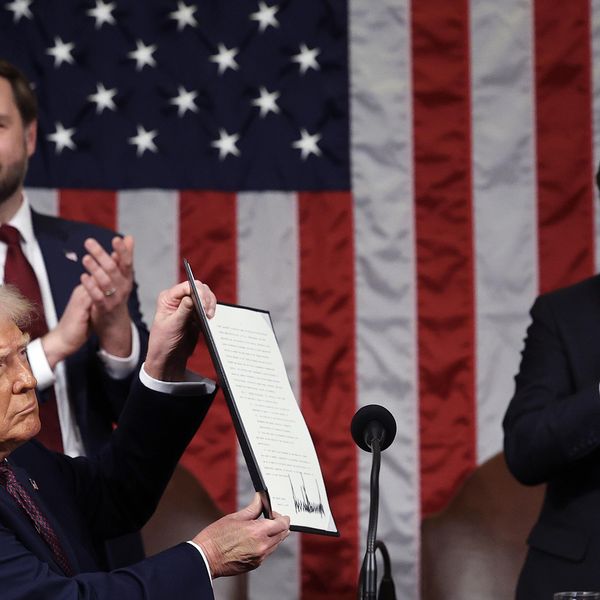The blitzkrieg offensive which ousted Syrian dictator Bashar al-Assad in December 2024 has sparked an explosive political and military reaction across the country.
Al-Qaeda offshoot Hayat Tahrir al-Sham (HTS) seized Damascus, Israel extended its occupation in southern Syria, and Turkey launched fresh military operations targeting the secular, multi-ethnic, Kurdish-led federation in North and East Syria (NES), where the U.S. has long maintained a military presence with boots on the ground, justified by its anti-ISIS mission.
But now the dust has settled, with the U.S. reducing its troop presence in Syria back to pre-December 2024 levels of around 1000. And further changes are imminent. A U.S.-brokered deal between the Kurdish-led/U.S. allied Syrian Defense Forces (SDF) and the new authorities in Damascus, promising the former’s gradual integration into the new Syrian state and military while preserving a degree of autonomy for NES, has created unexpected hopes for a lasting peace in Syria.
The deal arrives on the back of not only a détente between Turkey and the Kurdistan Workers’ Party (PKK), the militant Kurdish group against which Ankara has long used as a pretext for airstrikes and ground invasions targeting the SDF in Syria and sometimes endangering U.S. troops, but also unprecedented talks between the Syrian Kurdish leadership and their rivals in neighboring Iraqi Kurdistan.
These factors combine to create a unique opportunity. The U.S. can hand over responsibility to a combined Kurdish, Syrian and regional anti-ISIS mission, while continuing its present efforts to support a political resolution to the 14-year Syrian conflict from afar — thus allowing for a managed withdrawal of American troops.
Both the U.S. military and their Syrian Kurdish partners recognize the writing is on the wall. At a recent event assessing a potential U.S. withdrawal from Iraq and Syria, retired CENTCOM commander and long-term advocate for the U.S. military presence in Syria General Joseph Votel acknowledged: “the Trump administration has been clear from the first time they were in office that they don’t see [the U.S.] being engaged in Syria.”
Back in 2019, President Trump ordered a shambolic and ultimately unsuccessful withdrawal of U.S. troops from Syria, paving the way for an immediate Turkish invasion. Hundreds of civilians were killed and hundreds of thousands displaced by Turkey and its Islamist proxy militias before the order was abruptly reversed. This lose-lose situation left the U.S. just as entangled as before, even as it suffered the humiliation of chaos redolent of Joe Biden’s 2021 exit from Kabul.
The question is, therefore, can the U.S. actually accomplish a withdrawal while evading the unwanted optics of once again abandoning its erstwhile partners (the Kurds) to a potential slaughter by its adversaries, or worse, creating an even bigger mess that sucks Washington right back into the Syrian quagmire, like Iraq in 2014. Fortunately, this goal looks more achievable than ever following the recent, unexpected developments in Syria.
The possibility of heightened chaos following Assad’s fall likely stayed Trump’s hand — what Gen. Votel called a “level of patience” during his first 90 days in office, accepting that he could not withdraw troops immediately. (Following Trump’s global U.S. aid freeze in January 2025, for example, emergency funding was rushed through to Syria, allowing Kurdish-led forces to continue operating the camps and detention centers where they hold over 25,000 ISIS-affiliated detainees from over 50 countries).
But unlike in Afghanistan, the U.S. has a trusted, highly-trained partner force in Syria. The SDF commands some 100,000 troops — far more, in fact, than the new rulers in Damascus. On a recent visit to NES I met with Rojhilat Afrin, commander-in-chief of the Women’s Protection Units (YPJ), the all-female Kurdish force which led ISIS’ defeat. “If ISIS were controlled and guarantees given over [Turkish] attacks, we wouldn’t need external protection,” Afrin said. “We would be able to decide everything ourselves, as Syrians.”
In reality, the immediate ISIS threat is significantly degraded, with the terror organization incapable of holding territory even in the post-Assad vacuum. The SDF is by this time well-equipped to deal with the slow-burning ISIS insurgency.
When I asked Gen. Votel how the U.S. military could learn the lessons of 2019 and respond to a fresh executive order for a troop pull-out, he suggested the U.S. should prioritize securing those ISIS detainees, consider continued aerial surveillance and intelligence-sharing for the SDF after the U.S.A’s exit, and execute a well-planned withdrawal marked by clear communication up the chain to Washington and down to the SDF, giving the latter fair warning over the U.S.A’s withdrawal plans.
Admittedly, there is a genuine threat posed by that army of highly-radicalized ISIS detainees, who will not vanish overnight. However, the U.S. can pressure its allies to follow Washington’s own lead in repatriating and putting on trial their respective ISIS-linked nationals rather than abandoning them to wreak havoc in Syria, as Donald Trump’s anti-terrorism chief this year urged the UK. Failing that, the U.S. can at least push its allies to pull their weight in funding their own nationals’ continued detention by the SDF, in line with Trump’s broader messaging toward Europe.
Despite constant talk of ISIS, the U.S. presence served a key secondary purpose as a strategic foothold in a country previously dominated by Assad’s Iranian and Russian allies. ”America is in Syria for its own benefits, not for our benefits as Syrians,” says Hassan Koçer, a senior official in NES’ political administration. But Iranian capacity has been degraded throughout the region by Israeli attacks on its proxies following the Oct. 2023 Hamas attacks and ensuing war in Gaza, thus paving the way for Assad’s deposition, and removing another factor motivating the continued U.S. presence.
In reality it’s the second issue raised by Afrin, the threat posed by Turkey, which is the real challenge facing any successful U.S. withdrawal, as we saw in 2019. Gen. Votel pointed to the need for continued diplomatic efforts to support dialog between the SDF, HTS and Turkey like those which have currently halted Turkish hostilities, but again emphasized this political activity needn’t be tied to a physical U.S. military presence. “These problems must be resolved in a political, not a military way, and the [U.S.-led] Coalition has a role in ensuring this is understood,” Koçer says, echoing Votel’s comments.
Meanwhile, the new rulers in Damascus appear pragmatically willing to avoid direct conflict with the SDF, an approach which the U.S. can encourage from afar through non-military means such as adding autonomy and security for NES to its pre-existing list of conditions for sanctions relief on Syria. Ongoing Kurdish ‘unity talks’ between historically-opposed progressive and conservative Kurdish factions in Syria and Iraq should further help alleviate Turkey’s claimed concerns over the SDF, given Turkey’s own ties to the latter bloc.
Finally, Turkey’s proposed new anti-ISIS coalition with Iraq, Jordan, and the Syrian interim government could offer a vehicle for a rebooted anti-ISIS policy. Requiring these states to collaborate with both U.S.-trained Syrian and Iraqi Kurdish forces and other regional powers such as Saudi Arabia would discourage further regional instability, while also helping pick up the slack against ISIS.
The U.S. can thus learn from the mistakes of its botched 2019 withdrawal from Syria to plan a pragmatic, realistic exit from Syria.
- Whose war is the US fighting in Syria, and why? ›
- If true, Trump move to withdraw US military from Syria is the right one ›
- Trump's wise, bold Syria reset | Responsible Statecraft ›
















